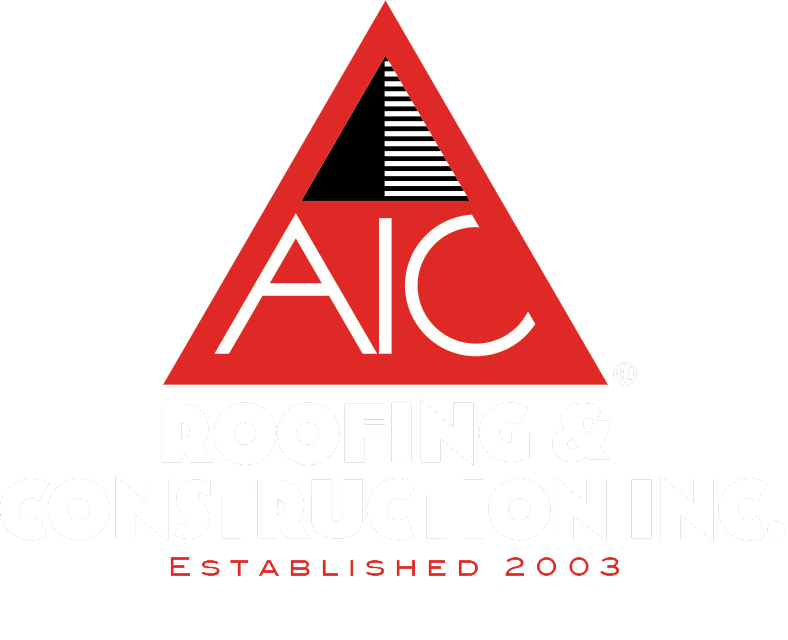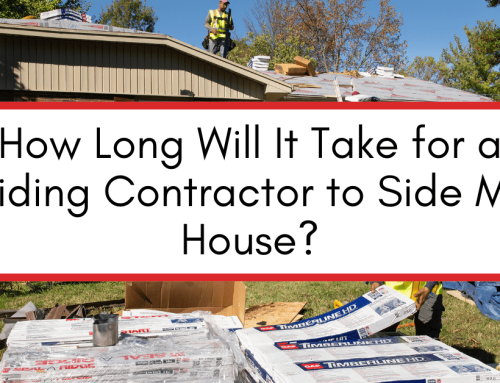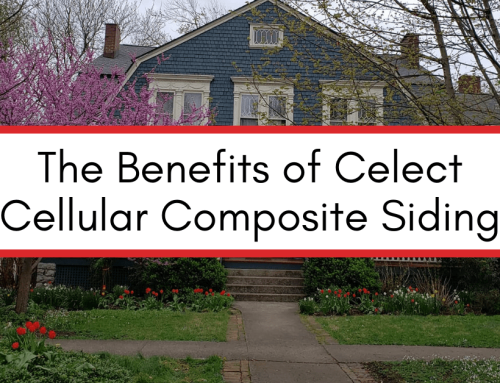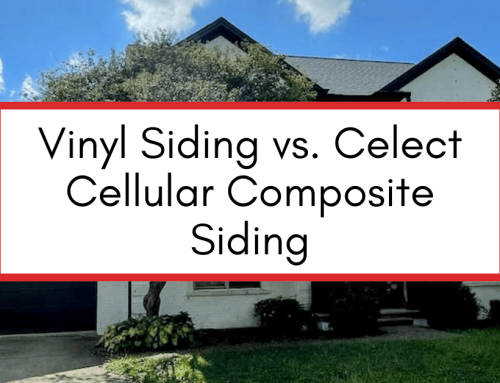While it looked great when you first moved in, your home’s vinyl siding these days is more of an eyesore than an eyecatcher. Now your dilemma: paint or replace your vinyl siding?
Vinyl siding typically lasts 15-20 years when properly maintained. However, the paint on your vinyl siding will need to be refreshed about every five years to keep it in pristine condition. Your home’s siding has a significant impact on the curb appeal of your home and your home’s value.
At AIC Roofing and Construction, we are a top-rated Louisville siding contractor, and we’ve helped thousands of homeowners improve the exterior of their homes. If you’re struggling to decide between painting or replacing your vinyl siding – we can help! In this article, we’ll cover the pros and cons of painting or replacing your siding and some other factors to consider in your decision.
When painting your vinyl siding may be the best idea
Painting your Louisville home’s vinyl siding yourself (or having it professionally painted) has some advantages worth considering. Generally, painting vinyl siding is less expensive than a complete siding replacement. If you tackle the job yourself, you will make up for the lower cost through sweat equity — though the job could take you many weekends to complete.
You also have more control over color choice since the siding can be primed to get a neutral undercoat for a lighter or darker topcoat.
Painting vinyl siding does have some serious drawbacks worth considering. Any large exterior paint job is daunting, but with siding, you add difficulty:
- Cleaning
- Removing old paint as needed
- Cleaning (yes, again)
- Priming
- Painting two coats
Here are some additional drawbacks to consider:
- New paint does not mask existing damage to the vinyl.
- Vinyl is, of course, a type of plastic, so a darker paint scheme could cause the siding to become so heated by sunlight it deforms, sags, or collapses right on your home’s exterior walls.
- Painting the siding may void any existing manufacturer’s warranty.
- You can expect to repaint within the next five years.
Whether you hire a professional or paint it yourself, the project will still be costly. If your siding is near the end of its life or has sustained significant damage (whether aesthetically or structurally), you may consider rolling that paint money into replacement siding.
How to tell it’s time to replace your vinyl siding
In most cases, the advantages of replacement are far greater than the advantages of painting. Consider these reasons to contract for new, beautiful, replacement siding:
- Existing siding has damage, noticeable flaws, or heat deformation
- Replacement siding outlasts any paint job
- Update your siding with a more contemporary look
- Less expensive over its life than paying for new paint jobs every five years
- Newer siding may offer greater energy efficiency than the existing siding
- You want to invest in siding that requires no maintenance
If your current siding is more than 20 years old, replacement may offer a wiser investment. At 20 years, you are already on the downslope of the siding’s useful life, so any money spent on repair, painting, and repainting does not have a return on investment.
Replacement siding, by contrast, recoups 120 percent of its installation cost at resale, according to Cost Versus Value. So, should you paint or replace the vinyl siding? Every Kentucky homeowner’s situation is unique. Talk to your local siding contractor and, if necessary, your local painting company to get a better idea on weighing your costs.
No Maintenance Siding Options
If you decide to replace your siding, we recommend thoroughly comparing your options. Choosing a new siding option for your home is a significant and hopefully rare occurrence. The benefits of new siding include an excellent return on investment for your home, no maintenance, and lower energy bills through superior efficiency.
Suppose you do replace your home’s siding. In that case, we strongly recommend two types of siding: James Hardie (also referred to as Hardie Board or Hardie Plank Siding, and Cellular Composite.
These options are highly sought after and are known for requiring virtually no maintenance throughout their useful lives. They have impressive mold, termite, pest, and weather resistance features. Additionally, both are virtually impervious to the elements while offering unmatched aesthetic qualities to your home.
We’ll explain each type a little more in-depth below:
Cellular Composite Siding
Cellular Composite Siding by Royal is a relatively new product known for being the first truly no-maintenance siding option. Cellular Composite siding comes in fewer color options than James Hardie siding. Still, its Aquatec solar reflective finish reflects UV rays more efficiently than its competitors, dramatically extending the color’s life. The Kynar Aquatec solar finish makes this siding the most energy-efficient siding on the market. Cellular Composite siding has the best R-value (the rating for energy efficiency). Its R-value is nearly double that of wood or fiber cement siding.
James Hardie Fiber Cement Siding
James Hardie (Hardie Board or Hardie Plank) Siding is a very well-known product, and for a good reason. It is a fiber cement siding that offers incredibly realistic wood-like finishes, comes in a large variety of color and style options, and is extremely fire resistant. Most insurance policies provide a discount for installing James Hardie Siding.
With either of these options, you can choose a color or paint them. If you want the lowest amount of maintenance, we would recommend selecting a pre-colored siding option. Both of these options are comparable in cost. Cellular composite siding is a more expensive product; however, its installation is less costly. Because fiber cement siding is made of cement, the boards can weigh as much as 150 pounds a piece and take special tools to fabricate.
Similarly, both options are lower maintenance and offer a better return on investment than vinyl or insulated vinyl siding.
Final Thoughts
Replacing your home’s siding has an excellent return on investment. The 2022 Remodeling Impact Report from the National Association of Realtors Research Group listed siding as one of the exterior home improvement projects with the most significant cost recovery.
Siding not only gives your home an instant bump in curb appeal but is also a part of protecting your home and preventing costly damage that can occur over time. There are many siding options available with advanced features. Deciding which type of siding is best for your home is an important decision. We hope this article has helped you weigh your options between painting or replacing your home’s vinyl siding.
Whether you’re just beginning to research your project or you are ready to speak with a contractor, check out our Learning Center! We have answers to all your siding questions, including how long it will take to side your house to in-depth comparisons and reviews of siding products.
If it’s time to replace your home’s siding in Louisville, KY, we’d love to see if we would be a good fit for your project. We’re an experienced Louisville siding contractor and have helped thousands of clients improve the exterior of their homes. Contact us today for a free consultation with one of our siding experts.
3-tab attics barns chimney choosing a contractor commercial cost curb appeal DIY estimate financing flashing flat roof GAF glossary gutter replacement gutters gutter size gutter system ice dams inspections insurance missing shingles roof design roofing materials roofing system roof leak roof maintenance roof materials roof repair roof replacement roof shapes roof types shingle ratings shingles siding siding materials siding replacement skylights storm damage underlayment ventilation warranty winter
